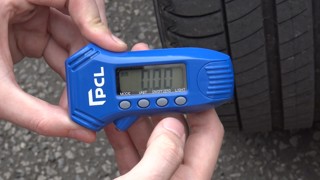TyreSafe is reminding drivers not to rely solely on tyre pressure monitoring systems (TPMS) to ensure their tyre safety.
While this technology, which is now mandatory on all new cars, has been proven to improve road safety by advising of a change in tyre pressure, drivers need to check their TPMS is working on a regular basis as the system can fail and batteries in the wheel-mounted sensors can run out.
Drivers need to ensure the TPMS symbol comes on with all the other warning lights when the ignition key is turned and goes out after the engine starts. Any alerts displayed by the system should not be ignored and, if in doubt, the advice of a tyre professional should be sought.
Too many drivers are ignoring the warning lights as the number of MOT failures due to faulty TPMS systems rose by more than 200% between 2015 and 2016.
In fact, defective tyres account for more than a quarter of all MOT failures, strongly suggesting drivers need to pay more attention to other essential tyre checks which TPMS cannot alert them to. Those include checking the tyre for visible damage and that the tread depth is above the minimum legal limit of 1.6mm
Stuart Jackson, chairman of TyreSafe, said: “The introduction of TPMS was a valuable step forward in tyre safety but drivers should be more aware of it and the warnings it is capable of producing. Tyre Safety Month is the ideal time to learn exactly what it does so you don’t rely on it to warn you of defects it simply cannot detect.”


















Login to comment
Comments
No comments have been made yet.